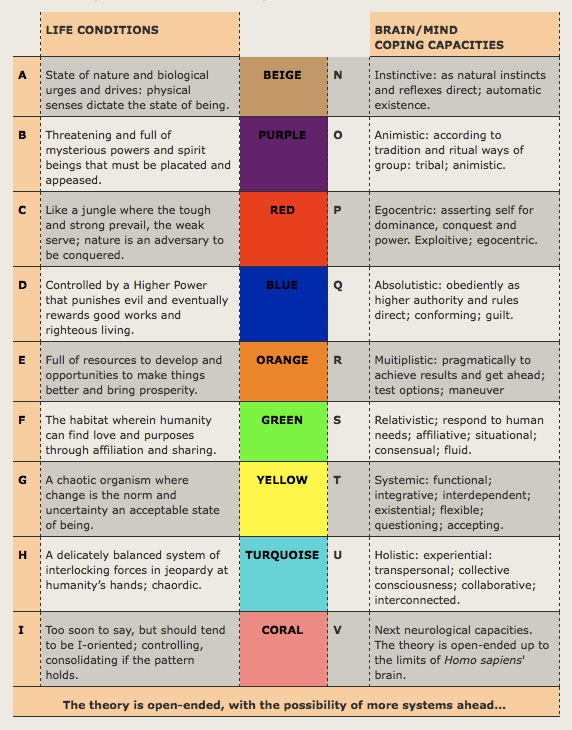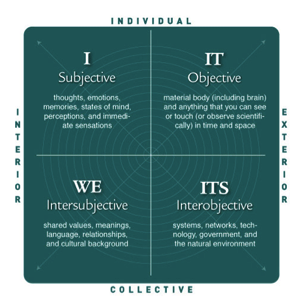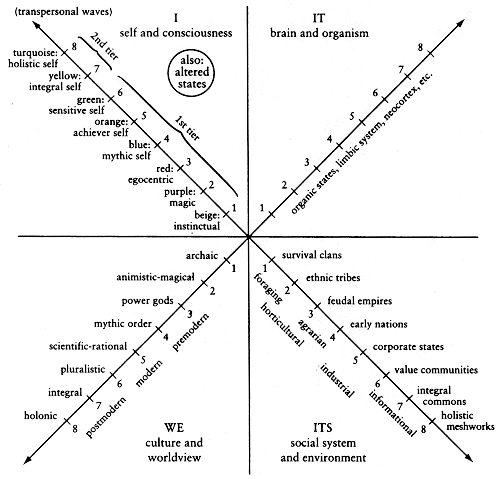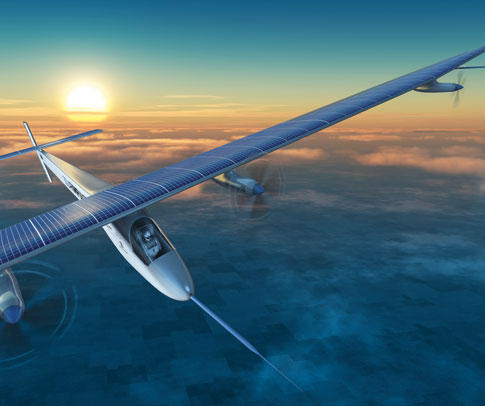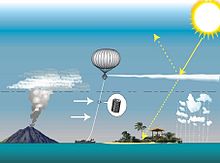One of the most fascinating topics that I am studying right now as part of my Social Networks for Social Change class is the science and art of persuasion and influence. Persuasion is a science that has evolved over hundreds of years. The early greek scholar curriculum used to be composed of three subjects; science, logic, and rhetoric. Rhetoric is the study of persuasion and influence. The science of persuasion is becoming much more ubiquitous and is an integral part of product and service design. We have moved beyond the early products that were designed to process data and improve productivity, and are now embarking on persuasive products and services that affect behavior change. This behavior change could be in the form of causing the consumer to purchase more product, or spend more time on a service, or it could be used for good as in affecting social change.
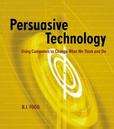 Persuasion and influence can apply to changing a behavior, an attitude, or a belief. Changing a behavior is known as compliance, and it does not require the target to agree with the advocacy. Change of attitude is known as persuasion and it often requires emotion based tactics. The target accepts the advocacy. Change of belief is known as education or propaganda. It involves influencing the what the target believes to be true.
Persuasion and influence can apply to changing a behavior, an attitude, or a belief. Changing a behavior is known as compliance, and it does not require the target to agree with the advocacy. Change of attitude is known as persuasion and it often requires emotion based tactics. The target accepts the advocacy. Change of belief is known as education or propaganda. It involves influencing the what the target believes to be true.
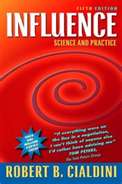 There are many tactics that influence compliance. Some are ethical and some are not. Robert Cialdini narrowed these to six main tactics that influence positive compliance. By positive I mean that they rely on the target’s desire to conform as opposed to coercing the target into compliance.
There are many tactics that influence compliance. Some are ethical and some are not. Robert Cialdini narrowed these to six main tactics that influence positive compliance. By positive I mean that they rely on the target’s desire to conform as opposed to coercing the target into compliance.
The six Cialdini targets are:
- Reciprocity.
- Liking.
- Social Proof (Consensus).
- Authority.
- Commitment & Consistency.
- Scarcity.
BJ Fogg, the head of Stanford’s persuasion design lab specializes in the field of captology, which is the study of persuasion in technology. Fogg emphasis the importance of using Motivation, ability, and triggers to enable behavior change.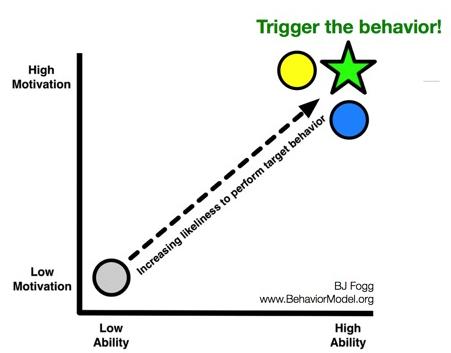
Fogg came up with an eight-step process for persuasion design. The process highlights three important lessons that Fogg advocates as key success in design, innovation, and building solutions for key issues. These are:
- Perfection is the enemy of the good.
- Ship early and often.
- Fail fast.
The eight-step design process highlights the importance of thinking big but starting small. Getting early successes or failing fast. Prototyping, figuring out what works, and building on success. The eight-steps are:
Step 1- Choose a simple behavior to target
Reduce a lofty goal down to a small objective. Target a small behavior change to start with. The smaller goal can be an approximation of the larger goal, or a first step towards achieving a larger goal. The reason this works is that getting people to do small things normally leads them to adopting more ambitious goals.
Step 2- Choose a receptive audience
Choose the audience most receptive to the targeted behavior change. The target of the design process is to produce behavior change for some audience, and not all audience. Choosing early adopters also helps.
Step 3- Find what prevents the target behavior
The answer will fall into a combination of the following three categories:
- lack of motivation
- lack of ability
- lack of well-timed trigger to perform the behavior
In this step determine why your target change is be resisted. Use this information to design the rest of the project. (Trying to address all three factors or even motivation and ability might prove difficult, in which case steps 1 & 2 should be revised).
Step 4- Choose a familiar technology channel
Which channel is best depends on three factors: (same as first 3 steps in the process)
- The target behavior.
- The audience.
- What is preventing the audience from adapting the behavior.
Step 5- Find relevant examples of persuasive technology
Learn through others experiences and proven solutions. Study nine examples. 3 that would achieve a similar behavior change, 3 that reach a similar audience, 3 that use the same technology channel.
Step 6: Imitate successful examples
Use successful examples to lay the foundation, then innovate and make unique in further steps. People succeed fastest by imitating success,
Step 7: Test and iterate quickly
Test various persuasive experiences quickly and repeatedly. Prototype and assess / measure results. The faster the team tests various options, the faster they will determine what works.
Step 8: Expand on success
Time to scale up. There are a number of ways of doing so:
- Make behavior change more challenging. Demand more. Expand goal.
- Reach out for new audience.
- Expand scope of distribution.
Relationship to TICS
What does the science of persuasion have to do with TICS (Technology, Innovation, Creativity in Sustainability)? It is an integral part of any strategy to advance TICS. Persuasion science and design are need to promote and propagate the concept of TICS. It is required to improve the usability and adaptability of sustainable technological solutions as they become available. It is needed to motivate others to seek their own sustainable technological solutions. It is at the heart of the design, adaptability, and usage of technology for sustainability.

